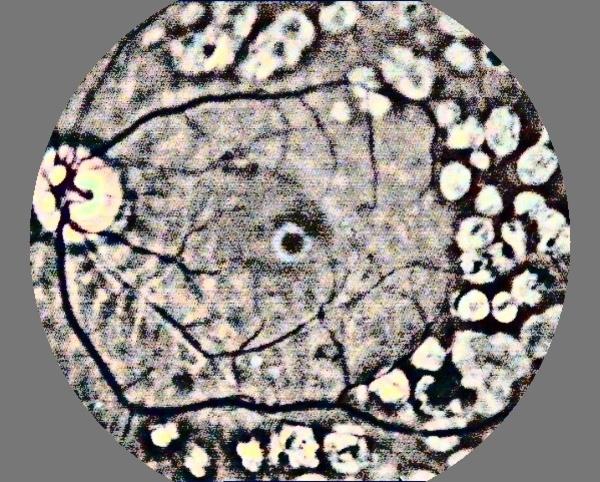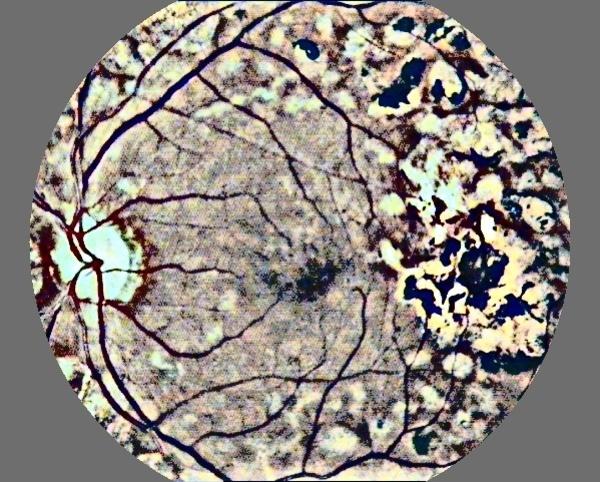Diabetic Retinopathy Clasification using Convolutional Neural Networks
- 0 Collaborators
Diabetic retinopathy (DR) is a major reason for loss of vision in the world. There are various factors behind this disease spreading at an endemic rate: late diagnosis of DR , improper classification of the stages, lack of clarity or a proper basis for delineation. Classifica- tion of DR requires experienced medical practitioners to find the significant features and factors to grade the disease. This makes it time consuming and a herculean task considering the num- ber of cases of DR in the world. It is estimated that 93 million of the world population are af- fected by this disease and there is shortage of infrastructure, medical practitioners especially in a developing countries like India while in developed countries we find that time is wasted in scanning and analyzing the eye scan report .By processing the images in real time we can treat a positively diagnosed patient the very same day. We propose a novel deep learn- ing methodology for multistage classification of DR using coloured fundus images for feature extraction and classification. Using the publicly available Diabetic Retinopathy data from the Kaggle database, we use image augmentation and modulate the class weights to handle the data imbalance. On the data set of 28000 images used our proposed CNN achieves a accuracy of 92% and an accuracy of 80% on approximate 8,000 validation images. ...learn more
Project status: Under Development
Groups
Student Developers for AI
Overview / Usage
Clinicians look out for features such as microaneurysms, exudates, neovascularisa-
tion, blood vessels to check for vascular abnormalities to detect DR. This process of
clinically diagnosing stages of DR is highly time consuming and require expensive
resources. In countries like India where the population is over 1.25 billion people,
resources are scarce, our model will be effective enough to bridge the gap with mini-
mum requirement of resources once initially trained. We have therefore proposed a
deep learning model to classify the multiple stages of Diabetic Retinopathy using
Convolutional neural networks. Our proposed network gave us satisfactory results
considering the dataset’s heterogeneity and high imbalance ratio. In our future work
we would be trying out different preprocessing algorithms and customizing the loss
and activation functions.
Methodology / Approach
The network has thirteen convolution layers, four max pooling layers and one average
pooling layer. The primary purpose of convolution in case of a CNNs is to extract
features from the input image. Convolution preserves the spatial relationship betweenpixels by learning image features using small squares of input data. In case of Max
Pooling, we have defined a spatial neighborhood or window and taken the largest
element from the rectified feature map within that window. In Average Pooling, in-
stead of taking the largest element we have used the average or sum of all elements in
that window. Feeding an input shape of 512 x 512 x 3 dimensions, normalized over
[0,1] intensity values, we use the Rectified Linear Unit as activation function. The
main purpose of ReLu layer was to initialize all negative values in the feature map to
zero. This helped in introducing non linearity to our model. For regularization we
have used dropout to prevent overfitting and tackle the high dependence tendencies of
the network on certain nodes. Finally, we have two fully connected layers which have
the higher level logic of the neurons to facilitate classification. This is followed by the
classification layer where the five DR classes are separated and distinguished from
each other. We have used categorical cross-entropy as the loss function of the net-
work and utilized softmax as the last activation function.
Technologies Used
Python
TensorFLow
Keras
Scikit learn




